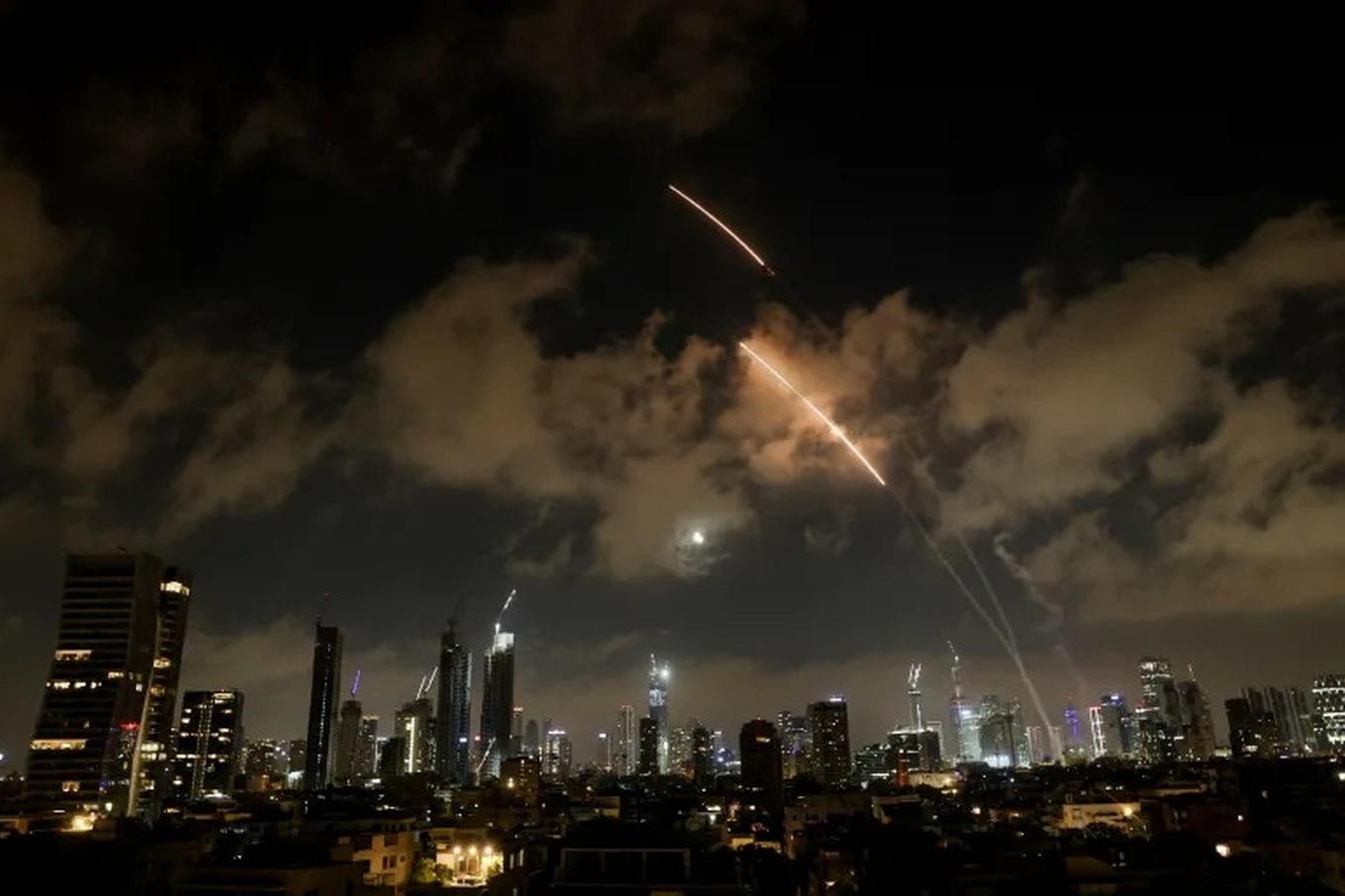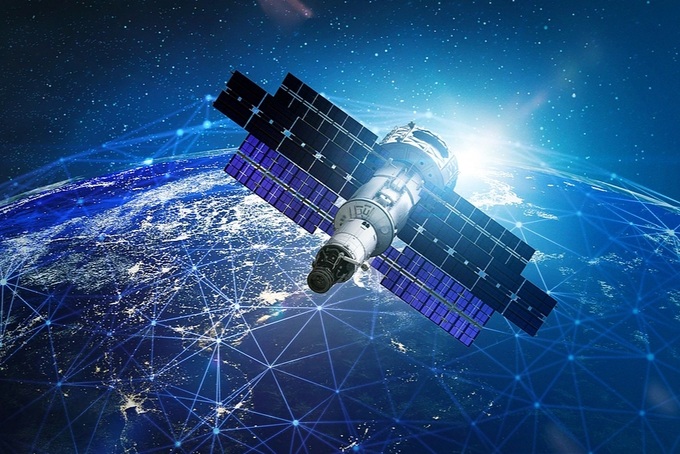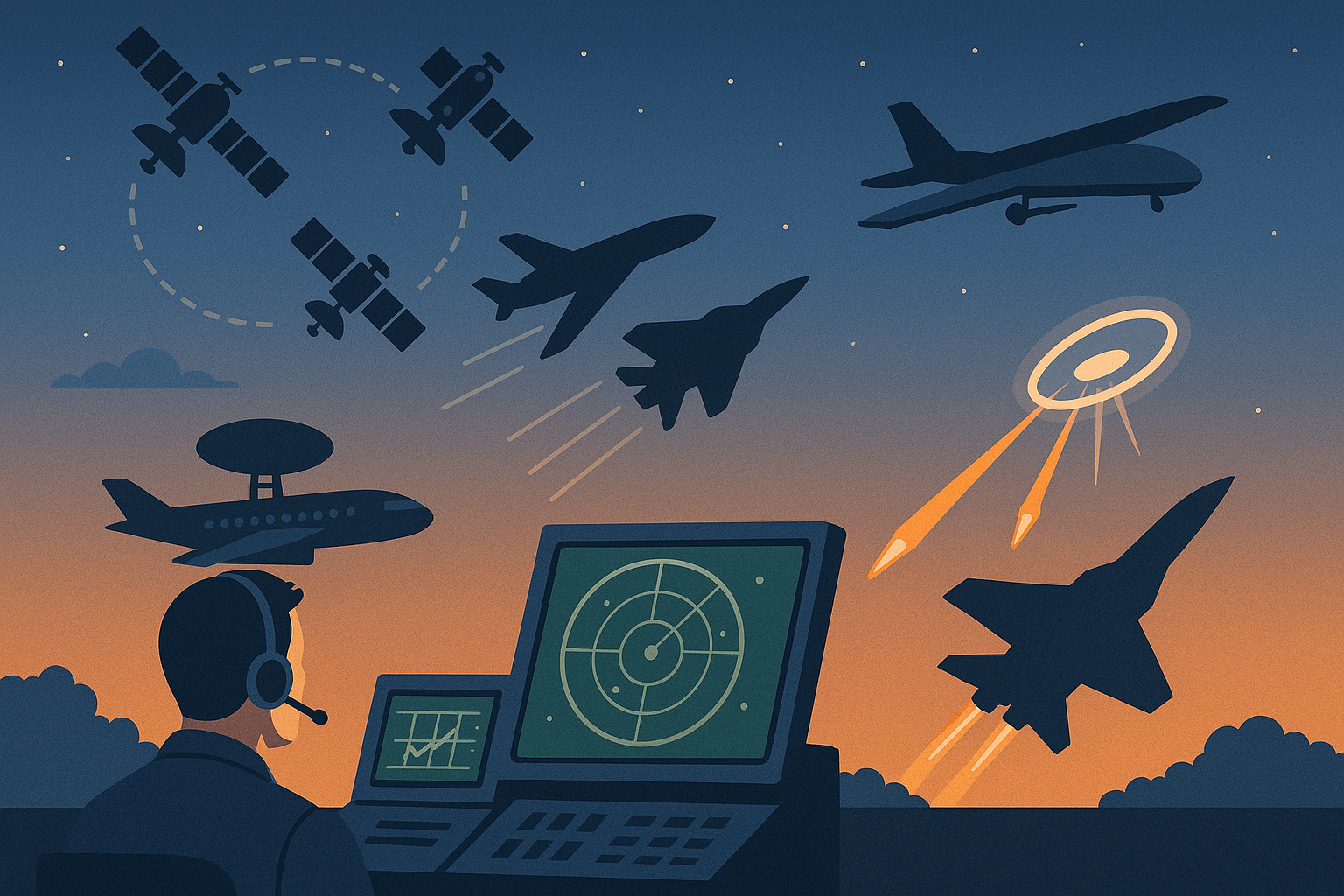When radar and satellites "listen" to the sky together
In a statement carried by Iranian media on June 18, Iran's Islamic Revolutionary Guard Corps (IRGC) said: "The latest attack shows that we have gained complete control over Israeli airspace."
This statement echoed a similar statement made earlier by US President Donald Trump that Israel and its allies were capable of "controlling Iranian airspace".
Tactically, air superiority refers to the ability to control airspace without significant enemy resistance.
This means that the parties can deploy fighter jets into enemy airspace without fear of being intercepted or hindered by air defense.
So what is the nature of sky control, how important is it, let's find out in the article below.

Israel's defense system intercepted an Iranian missile in Tel Aviv early on June 18 (Photo: Reuters).
In the modern world , protecting airspace, or the airspace above a nation's territory, is no longer simply a matter of radar and missiles.
Instead, today's landscape marks the rise of modern systems, known as multi-layered airspace control, combining satellites, unmanned aerial vehicles (UAVs), ground radars, and especially artificial intelligence (AI).
There, each level of the sky will be managed by different technologies. At low levels, close to the ground, defense systems such as Iron Dome (Israel) or Pantsir-S (Russia) are used to intercept missiles and UAVs.
At medium and high altitudes, early warning aircraft, long-range radars and satellites come into play. In particular, modern remote sensing satellites can take pictures of large areas from above.
Thanks to AI built right into the satellite, images can be processed instantly to detect suspicious objects. This is a breakthrough that saves time and increases the ability to react, because instead of sending all data to the ground station for processing, now the satellite can identify planes, missiles, UAVs right in orbit.
To serve the above purpose, AI models such as YOLO, Faster R-CNN... are trained to "look at satellite images" and detect objects like human eyes, but much faster and more accurately.
When combined with ground radar, early warning aircraft and reconnaissance UAVs, all data will be collected and analyzed using intelligent synthesis algorithms.

AI can be integrated directly on satellites to process and make decisions to protect airspace (Photo: CGTN).
The goal is to produce a real-time picture of the sky, called "aware skies" (ASA), that helps military commanders know exactly who is flying, where, and whether they are posing a threat.
However, airspace control is not just about detection, but also about making quick and correct decisions. It is truly a technological game, where the more advanced and precise defense system will have the advantage.
The game of technology in modern warfare
Among hundreds of targets, the airspace control system must determine which objects need to be intercepted, as well as which are civilian and which are just passing through. To do that, people use modern control technologies and optimization algorithms.
This system acts like a "central brain", which can calculate and command each combat unit from UAV, missile, radar... to coordinate actions most effectively. Thanks to that, many different devices can operate as a unified formation without humans controlling each one.
In addition, electronic warfare, or methods of jamming waves, blinding radars, cutting off communications... also make airspace control more complicated.

Today's airspace control systems combine AI technology, smart satellites, multi-source sensor networks... to achieve maximum efficiency (Photo: arXiv).
Therefore, modern systems need to be flexible in switching between multiple data sources, because if the radar is disabled, satellites or UAVs can still be used. In some cases, if the communication channel is jammed, it can switch to satellite networks such as Starlink to maintain operations.
In the future, airspace control systems will be able to learn and improve with each battle, thanks to artificial intelligence. AI can detect new types of attacks, remember them, and respond faster next time. Automation also reduces the risk of human decision-making or errors.
In short, airspace control today is a complex problem, but full of potential when technologies like AI, smart satellites, and multi-source sensor networks are combined.
Whichever country masters this technology will not only better protect its skies, but also gain a huge strategic advantage in both aviation security and modern defense.
Source: https://dantri.com.vn/khoa-hoc/bau-troi-thong-minh-cuoc-cach-mang-kiem-soat-khong-phan-bang-ai-va-ve-tinh-20250618110908000.htm


![[Photo] Da Nang: Hundreds of people join hands to clean up a vital tourist route after storm No. 13](https://vphoto.vietnam.vn/thumb/1200x675/vietnam/resource/IMAGE/2025/11/07/1762491638903_image-3-1353-jpg.webp)











































































































Comment (0)